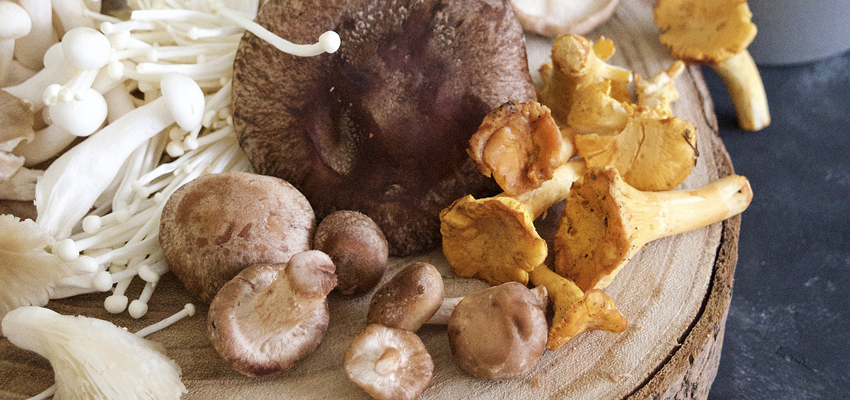Mushroom lovers beware! Even 35 years after the nuclear accident in Chernobyl, elevated levels of caesium are still being measured in wild mushrooms in some regions.
According to a press release of the Federal Office of Consumer Protection and Food Safety (BVL), almost 95% of the examined wild mushrooms were contaminated with radiation during the monitoring period 2015-2021. However, the measured values this year were fortunately far below the limit of 600 Bq/kg, which prohibits marketing. This restriction does not apply to personal consumption. In addition to other radionuclides, 137Cs, which has a half-life of 30.2 years and was also introduced into the soil by air currents and precipitation in various regions of Europe, e.g. in the Bavarian Forest, escaped during the accident. Mushrooms absorb heavy metals and radioactive nuclides through their huge mycelium in the forest soil and store them in the fruiting bodies coveted by mushroom lovers. If the collected edible mushrooms are not cooked fresh, but dried for later use, these contaminants accumulate even more through the preservation method.
In measurements of fresh chestnut boletus, we found up to 40 Bq/kg in our radiochemical laboratory this year. Carefully collected, experienced mushroom lovers can therefore enjoy their mushrooms in small quantities without hesitation.
YOUR PLUS: The laboratory centre of AGROLAB LUFA in Kiel has had an accredited radiochemical laboratory since 2002 and accepts samples from the food industry, trade and also from private individuals.
Link: (In German only)
Author: Dr. Frank Mörsberger

 Contact
Contact

 Contact
Contact Career
Career